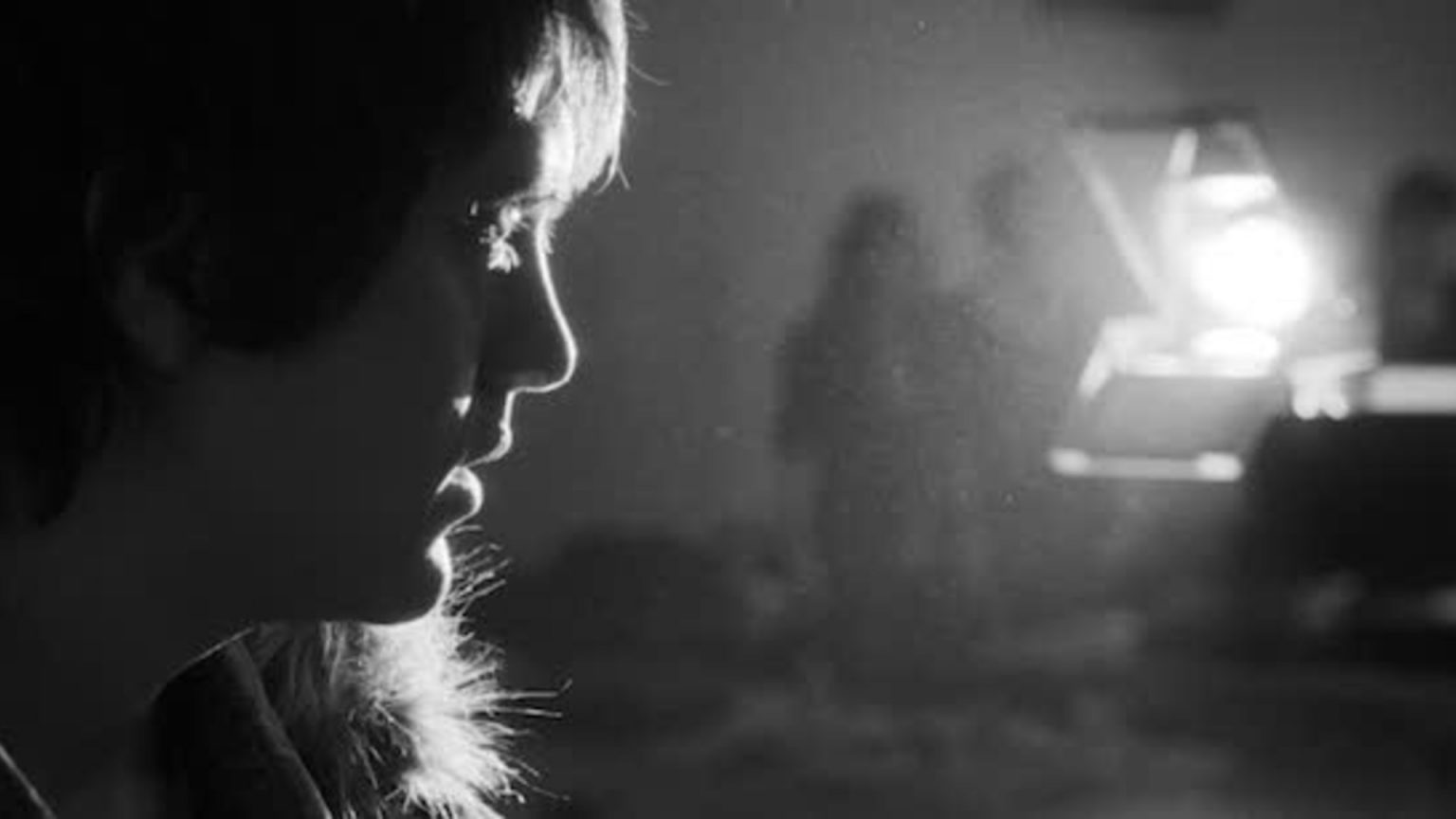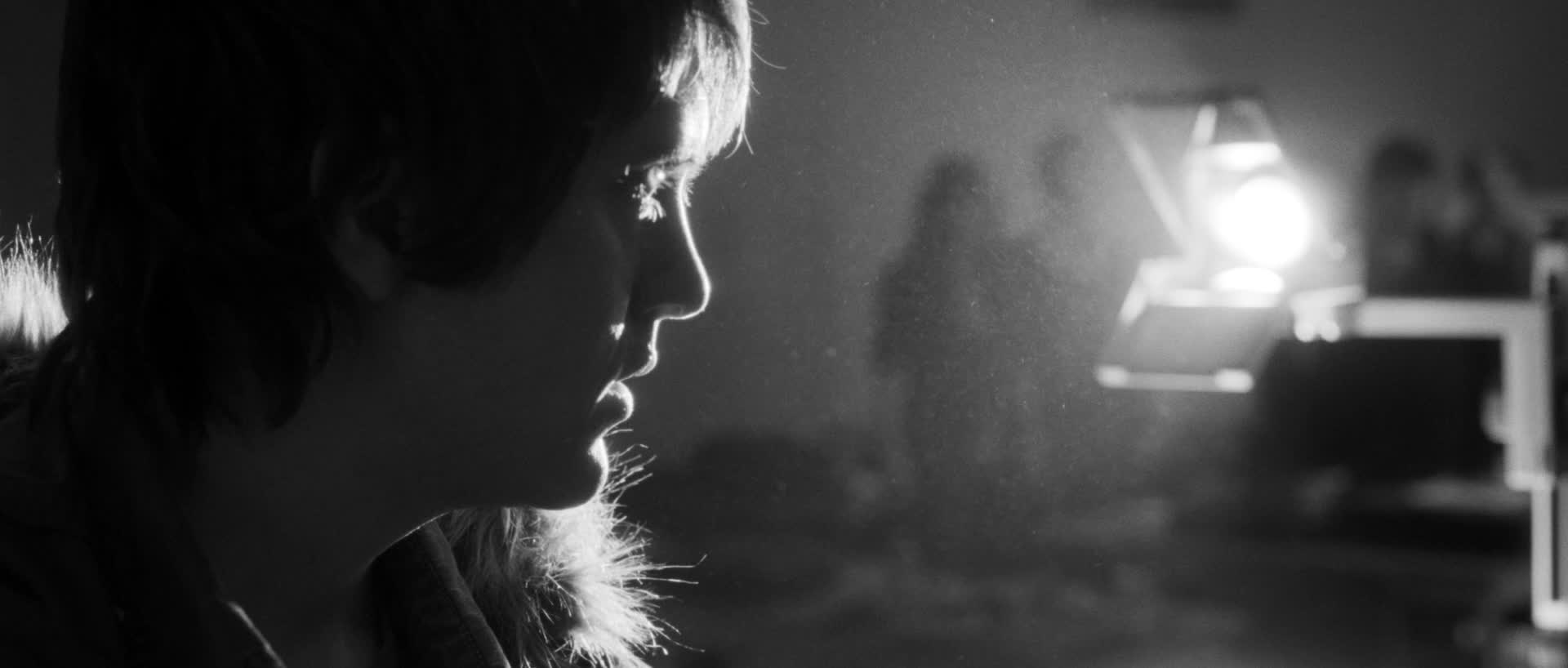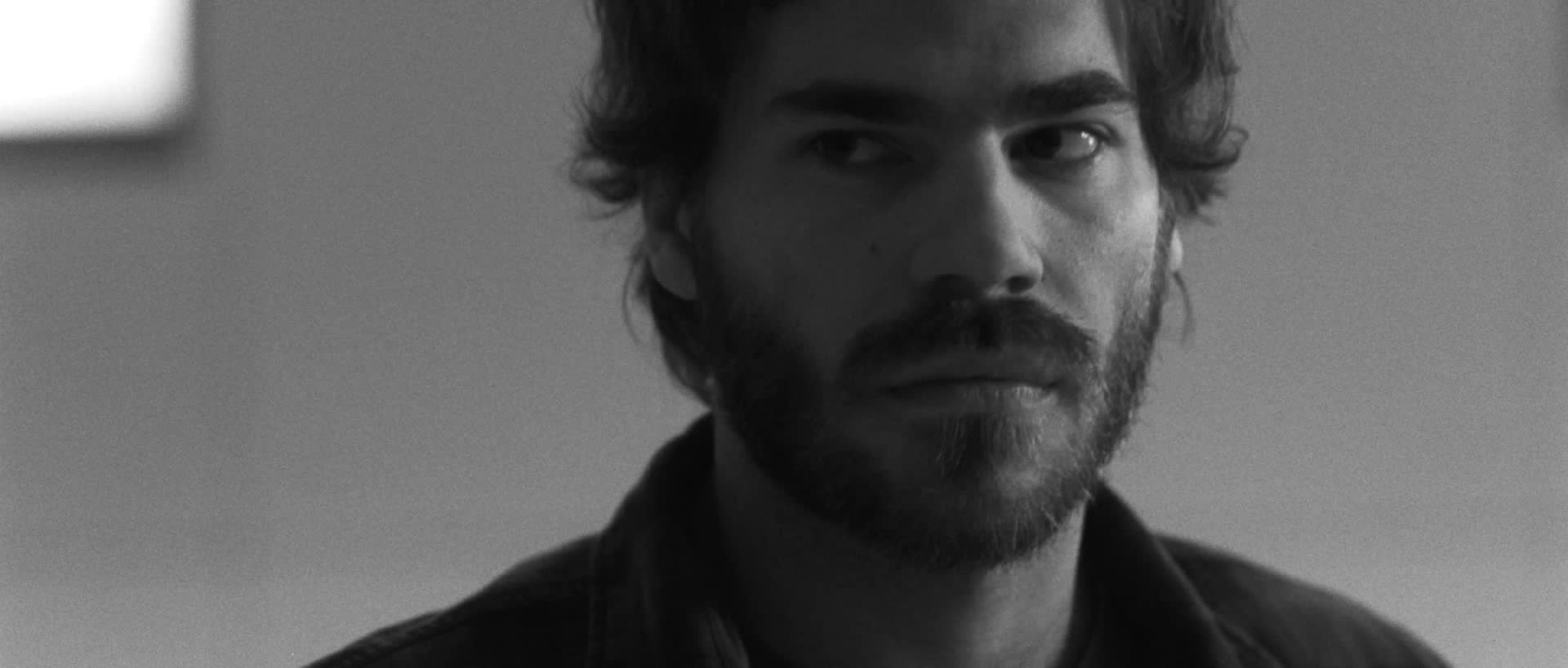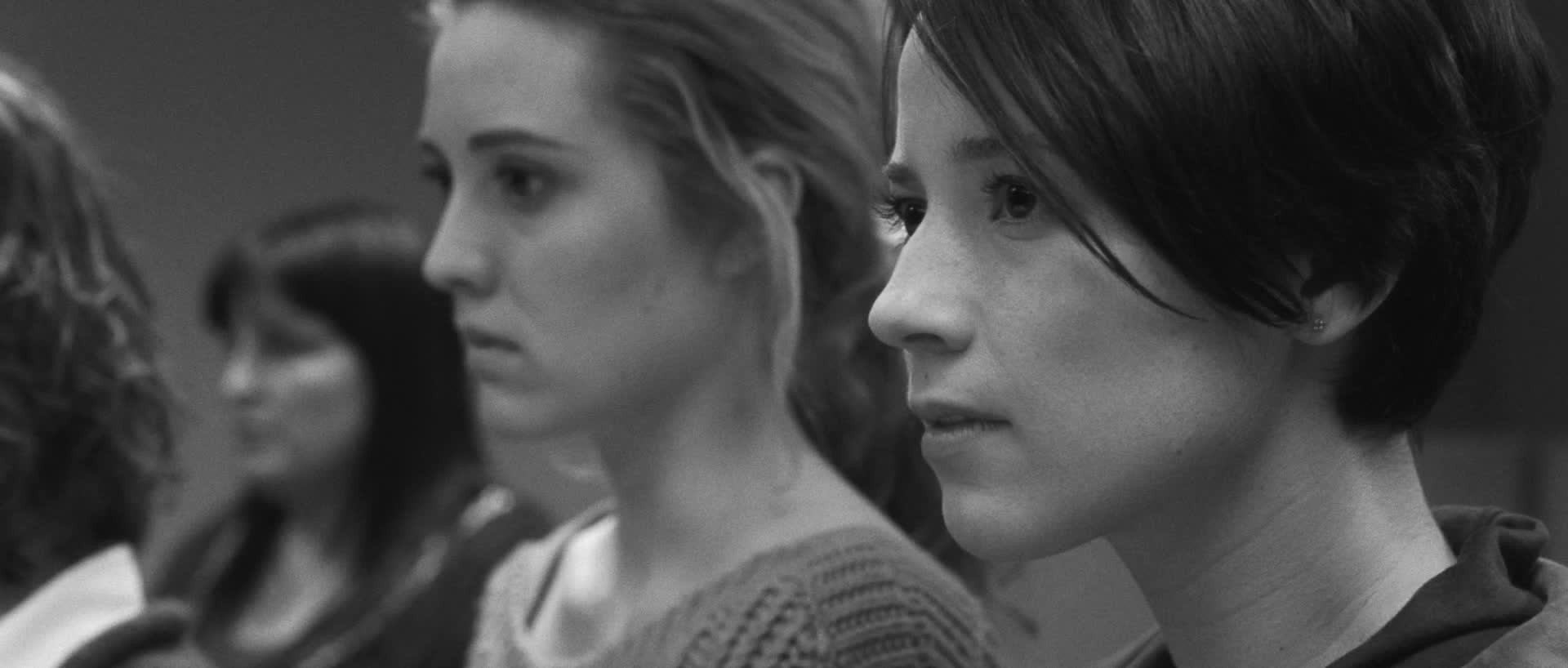Winner of nine Genie awards, Canada’s equivalent of the Oscars, Polytechnique launched director Denis Villeneuve on an impressive mid-career run of features: the Foreign Film Oscar nominee Incendies; his Hollywood debut Prisoners; and this year’s Cannes competitor Sicario, which will hit U.S. theaters in September. Polytechnique bears the hallmarks of Villeneuve’s body of work: investigating life-and-death tragedies by counterpoising his characters’ anguish with a coolly analytical staging of their circumstances. This approach allows him to tactfully approach an emotionally charged, real life incident: the mass murder of fourteen female students at a polytechnic school in Montreal. A handful of critical moments are filmed from multiple points of view, bringing out different dimensions to the incident, as seen in this video that synchronizes these scenes.
The film offers two versions of the critical moment when the massacre begins. The replaying of the scene evokes a despairing sense of what might have happened differently to stave off the tragedy. In both versions, the shooter (Maxim Gaudette) enters the room and barks commands for the male students to separate from the females and exit. As the first part of the video shows, in the first version of the scene it takes two minutes from when the shooter fires a warning shot to show he means business to the moment when the last male student, Jean-François (Sébastien Huberdeau), leaves the room.
In the reprise, these events only take a minute, and is filmed as a single take centered around one of the female students, Valérie (Karine Vanasse). It makes sense for the replay to be abbreviated given that the first instance of the scene establishes what happens, so that the second instance can focus more specifically on how Valérie is taking in the moment.
But the fact that the reprise is a single take raises the question: is this really a compression of the actual duration of the scene, or was the first version actually an extension of the moment through use of cutaway shots and scene coverage? To explore this question further, I decided to use version two as the foundation for how the scene would play in real time, and compressed the first version to sync up with the second to show how the first scene uses coverage shots to extend the sense of duration.
This is not to say that either version gives the definitive sense of the actual real-time duration of the scene; the cinematic experience is open to subjectivity, so that even the single uninterrupted take of the second version could be interpreted as a compressed dramatic experience of time. Villeneuve’s different takes on this pivotal moment vividly demonstrates how cinema is given meaning and feeling through the sculpting of time.
Kevin B. Lee is Chief Video Essayist at Fandor. He has made over 250 video essays exploring film and media. His award-winning “Transformers: The Premake” was named one of the best documentaries of 2014 by Sight & Sound Magazine and played in several festivals including the Berlinale Film Festival Critics Week. Follow him on Twitter at @alsolikelife.







